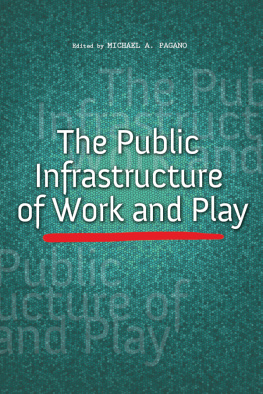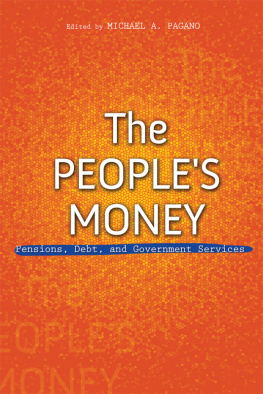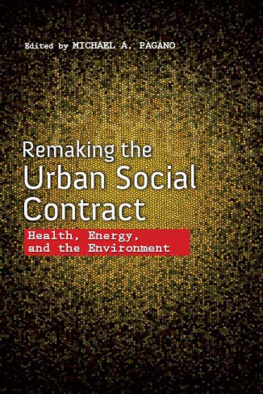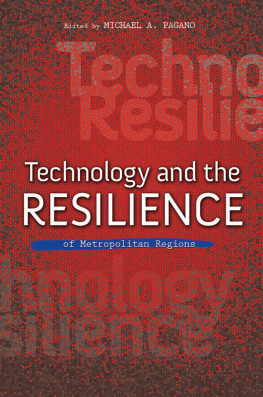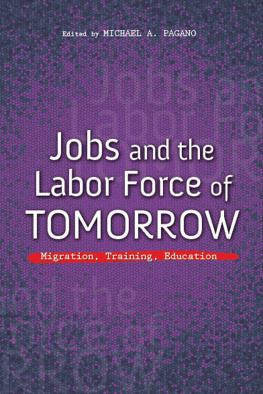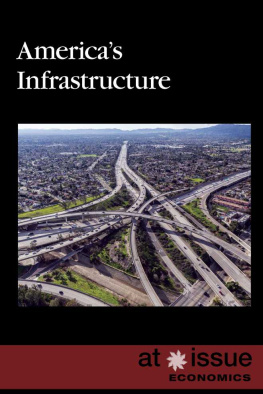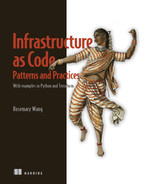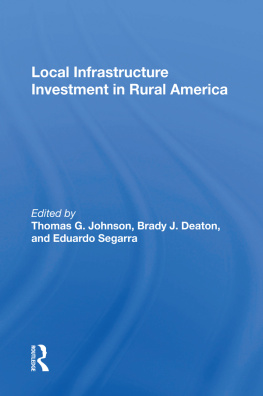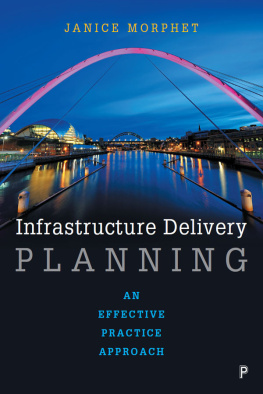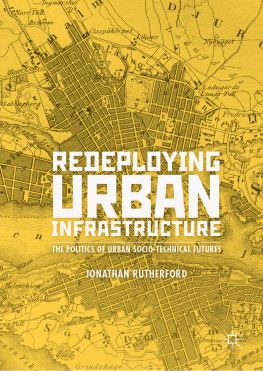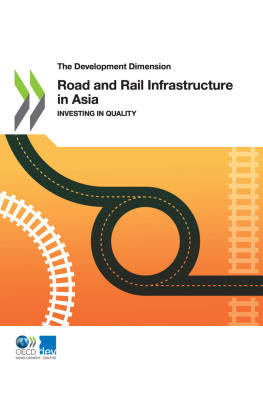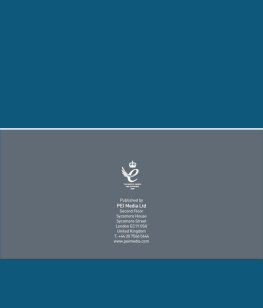Preface and Acknowledgments
It was widely believed at the beginning of the Trump presidency that Congress would prepare a massive infrastructure bill. The president campaigned on a platform that promised $1 billion in new infrastructure spending that would engage the private sector in public-private partnerships as well as state and local governments. Infrastructure programs in the eyes of most were bipartisan in nature, the crumbling infrastructure dilemma challenged both red and blue states, and the public was broadly supportive. In anticipation of the nation's political conversation about the design of such a program, the UIC Urban Forum was convened in September 2017 around the broad issue of the state of our nation's urban and regional infrastructure.
Public infrastructure is the built environment that allows cities to thrive. By shaping and molding the cityscape and the growth patterns of the urban landscape, and by providing places for work, play, relaxation, cultural events, and community gatherings, cities are dependent on wise public infrastructure investment. From hard infrastructure, such as public buildings, roads and bridges, dams and canals, to soft infrastructure, such as parks and town squares, public art and rails-to-trails, a city's overall infrastructure has a significant influence on daily life and links its residents, neighborhoods, and businesses.
These features drive economic development and growth and serve to improve residents quality of life. However, planning of projects where people work and play, and making well-designed connections between both, creates political challenges due to the intersection of public policy, markets, and aesthetics. Both hard and soft infrastructures have an impact that is felt for generations.
Given the important role that a city's infrastructure can have on its future viability, the 2017 UIC Urban Forum was designed to raise issues related to hard and soft infrastructures and how to unite them, the built environment's lasting effect on a city and its people, opportunities for economic development, and the future of city planning and design.
The 2017 UIC Urban Forum was cochaired by Cook County Board president Toni Preckwinkle and UIC chancellor Michael Amiridis. The event was held on September 14, 2017, and attracted four hundred students, community activists, private citizens, government and nonprofit leaders, and many others. The opening keynote address was presented by the renowned architect Carol Barney Ross and the closing keynote by the secretary of transportation for the state of Illinois, Randy Blankenhorn.
The first of the two panels was titled Building a Just City: Shaping Communities Quality of Life. Parks, public art, and architectural design are a critical piece of a city's aesthetics. These amenities can help inspire economic investment and make a positive impact on an urban community's physical and emotional condition. Creating future projects, both large and small, that ensure influential cultural developments are located and experienced across the City of Big Shoulders must be a priority. The panelists were as follows: Gia Biagi, principal, Studio Gang; Miguel Aguilar, artist; Juanita Irizarry, executive director, Friends of the Parks; and Scott Stewart, executive director, Millennium Park Foundation. The session was moderated by Alexandra Salomon, editor, Curious City, WBEZ.
The second panel was titled Connecting People and Places: Designing Transportation Systems for Smart Cities. From roads to planes and bike lanes to trains, Chicago's status as a transportation hub is a foundational cornerstone of the region's economic engine. Government agencies, urban planners, and grassroots organizations must strategically connect and evolve transportation systems not only to maintain the city's standing but also to prepare for the future needs of its residential and business communities. Panelists were as follows: MarySue Barrett, president, Metropolitan Planning Council; Ron Burke, executive director, Active Transportation Alliance; Clayton Harris III, executive director, Illinois International Port District; and Leanne Redden, executive director, Regional Transportation Authority. The panel was moderated by Miles Bryan, reporter and producer, WBEZ.
The success of the conference is the product of numerous individuals who dedicated considerable time, energy, and ideas to the program. They include Jennifer Woodard, Norma Ramos, Brian Flood, Jantel Hines, and Karla Bailey of Jasculca Terman Strategic Communications. The support and event-planning skills of Jenny Sweeney are nonpareil and were critical to the conference's success. Casey Sebetto, a graduate student in the Department of Urban Planning and Policy, admirably undertook editorial assistance and manuscript supervision.
The 2017 UIC Urban Forum's external board of advisers included the following: Clarence Anthony, executive director, National League of Cities; MarySue Barrett, president, Metropolitan Planning Council; Henry Cisneros, former secretary of the Department of Housing and Urban Development, former mayor of San Antonio, and founder and chairman of CityView; Rahm Emanuel, mayor, Chicago; Lee Fisher, president and CEO, CEOs for Cities; Karen Freeman-Wilson, mayor, Gary; Bruce Katz, Centennial Scholar, Brookings Institution; Jeff Malehorn, president and CEO, World Business Chicago; Terry Mazany, president and CEO, Chicago Community Trust; Toni Preckwinkle, president, Cook County Board; Julia Stasch, president, John D. and Catherine T. MacArthur Foundation; Joseph Szabo, executive director, Chicago Metropolitan Agency for Planning; and Susana Vasquez, vice president for strategic initiatives and resource development, Illinois Facilities Fund.
The annual UIC Urban Forum offers thought-provoking, engaged, and insightful conferences on critical urban issues in a venue to which all of the world's citizens are invited.
Michael A. Pagano
Director of the UIC Urban Forum and Dean, College of Urban Planning and Public Affairs, University of Illinois at Chicago
February 2018

